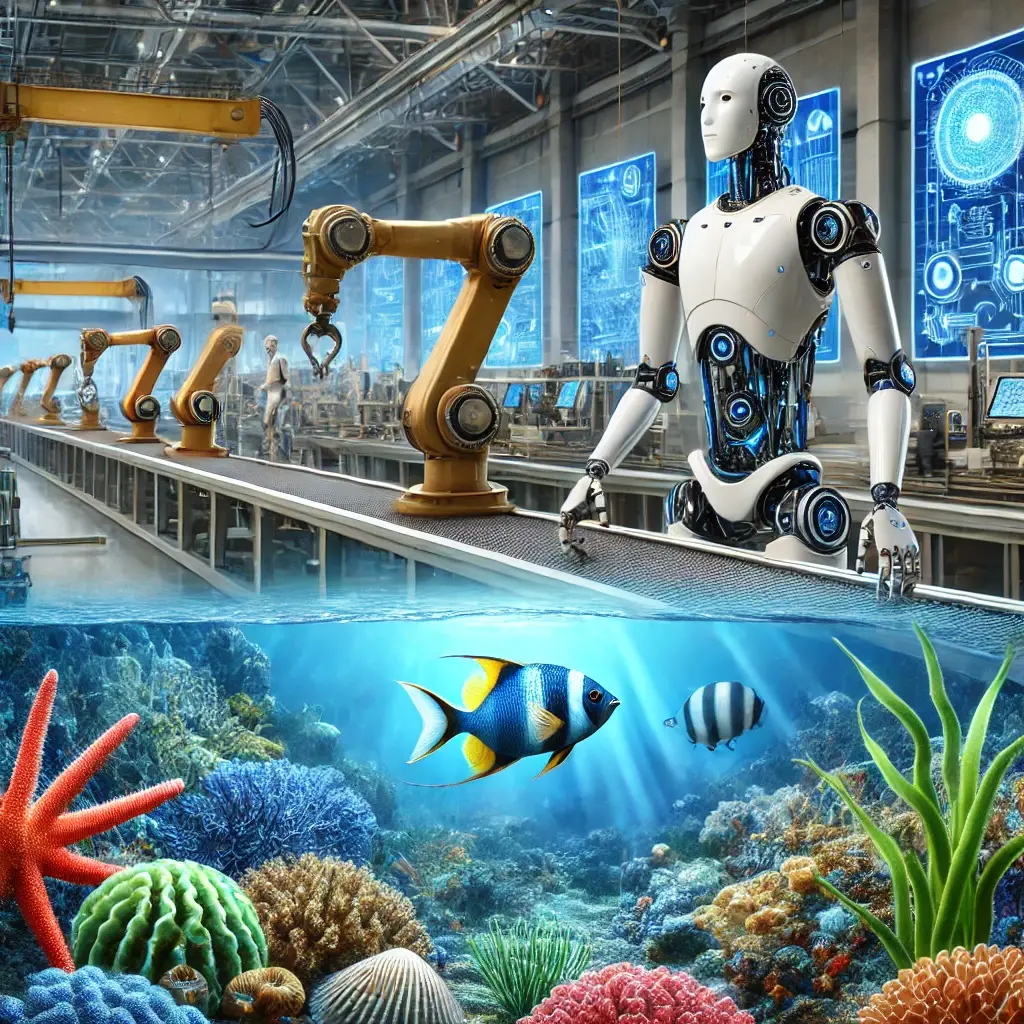TL;DR: Russian companies, universities, and medical researchers are leveraging AI and robotics to overcome challenges, from economic sanctions and labor shortages to improving convenience and medical precision, showcasing automation’s expanding role in sustaining growth and innovation.
Russian companies are increasingly adopting AI and robotics to enhance productivity amid economic sanctions and workforce challenges. AI tools are helping companies in sectors like agriculture, manufacturing, and logistics to optimize operations and reduce costs. Despite obstacles, including limited access to advanced technologies and brain drain, the push towards automation is gaining traction, driven by necessity and competitive pressures.
Major takeaway: Russian firms are embracing AI and robotics to remain competitive despite sanctions, showing the critical role of automation in sustaining economic growth.
The University of Minnesota has introduced food delivery robots on campus, powered by Starship Technologies. These autonomous robots can deliver food from locations like Starbucks and Panda Express directly to students, faculty, and staff via the Starship app. Users can track the robots in real time and unlock them to retrieve their meals. This initiative supports sustainability by reducing car-based deliveries and provides a convenient solution, especially for those with mobility challenges.
Major takeaway: Robotic food delivery at the University of Minnesota boosts convenience for busy or mobility-challenged users while promoting sustainability by cutting down on vehicle-based deliveries. Will these leave more time for studying?
Scientists have developed a semi-human robot inspired by origami, blending ancient art with advanced robotics. Created by Harvard's Wyss Institute and SEAS, this robot uses folding principles to achieve precise, human-like movements, making it ideal for delicate medical procedures like microsurgery. Powered externally via a magnetic field, it overcomes the constraints of traditional robotic systems, enabling minimally invasive surgeries. Its compact, flexible design opens new possibilities for medical applications and other industries, promising a significant leap in the future of robotics and healthcare.
Major takeaway: A semi-human robot inspired by origami design can perform precise movements for delicate tasks like microsurgery, potentially transforming minimally invasive medical procedures with greater precision and flexibility.
About Lucid Bots:
Founded in 2018, Lucid Bots Inc. is an AI robotics company that is committed to uplifting humanity by building the world's most productive and responsible robots that can do dangerous and demanding tasks. Headquartered in Charlotte, the company engineers, manufactures, and supports its products domestically, which include the Sherpa, a cleaning drone, and the Lavo Bot, a pressure-washing robot. Lucid Bots' products are elevating safety and efficiency for a growing number of customers around the world. Lucid is a Y Combinator-backed company, with investments from Cubit Capital, Idea Fund Partners, Danu Ventures, and others. Lucid Bots was recently recognized as the 4th fastest growing manufacturing company in the United States.




 Andrew Ashur
Andrew Ashur




